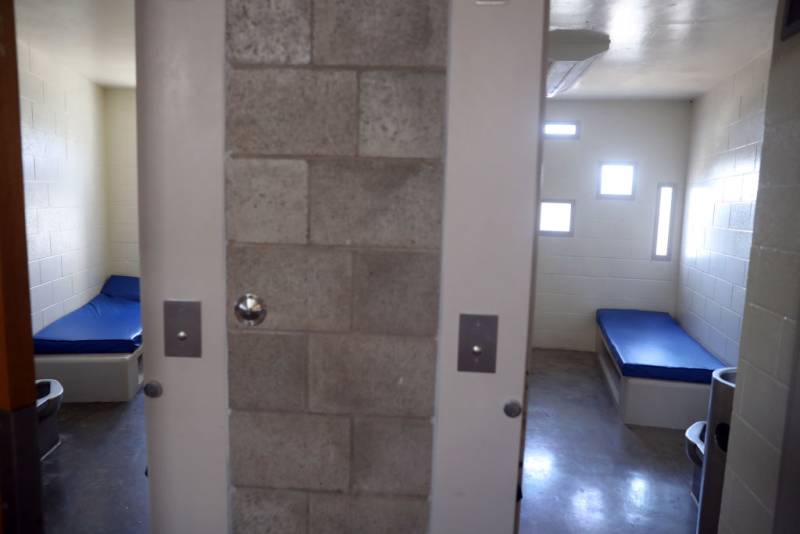California probation chiefs are calling for the state to launch an investigation into what’s been happening at the Department of Juvenile Justice in its waning months, saying youths who recently served time in the state lockups have returned home addicted to fentanyl, covered in tattoos and suffering from untreated medical conditions.
As of July 1, DJJ no longer exists — young people accused of crimes will now serve their sentences in county juvenile halls and at local programs. The change, which officials have been preparing for the past several years, comes after a sharp drop in the number of young people committing crimes in California and reforms to how youth offenders are sentenced. It follows years of allegations of violence and abuse at DJJ.
In recent years, state officials have insisted that many of those problems at DJJ were resolved, even as Gov. Gavin Newsom pushed for a shuttering of the state agency. But probation chiefs in both Sacramento and Shasta counties told KQED this week that they and other probation chiefs around the state are appalled at what they’re hearing about how youth and correctional officers were allowed to behave at DJJ facilities.
